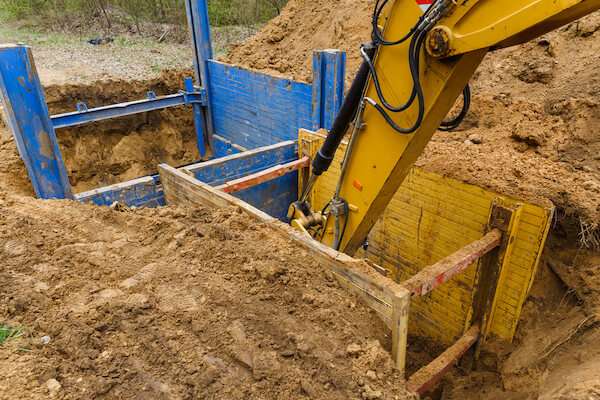
Excavation Hazards
In order to identify and eliminate risks on site which could injure or kill employees, you must first know what they are. What are the hazards associated with excavating? Here are some:
- Cave-ins
- Falls
- Contact with underground gas or energy sources
- Struck by incidents
- Heat illnesses
Excavation Risk Assessment - risk assessment for excavation
A basic risk assessment for excavation work should address all the hazards associated with excavation procedures, environments, and procedures.
Here is an example of one you could edit and re-purpose for your organization.
Excavation Controls and Precautions
Now that we've identified some hazards associated with excavation work, lets' talk about excavation controls and precautions we can take to prevent a safety incident. The controls you implement may vary dramatically depending on the size, scope, and location of the project. Here are some that are commonly used though:
- Mandatory trench boxes when depth exceeds minimum threshold
- Controlled access zones to limit personnel from entering the trench and work area
- Require all equipment operators to be trained and certified to operate equipment
- Require personal protective equipment (PPE) for all personnel on site at all times
- Require breaks and adequate water during months when heat is a hazard
- Ensure one-call or an equivalent entity is called and used prior to breaking ground
Of course, the size, scope, and location of the project will determine specific regulatory requirements for safety.
If you need a safety manual that outlines these hazards and controls; and one that helps out with regulatory requirements, try our excavation safety manual today.
